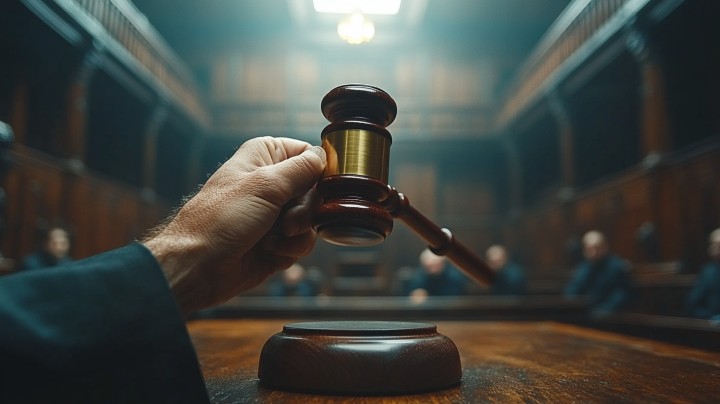Understanding Traditional Bail
Traditional bail is a legal mechanism that allows an accused person to be released from custody while awaiting trial, in exchange for a security deposit. This deposit ensures the individual’s return to court for their hearings. Originating from medieval England, the concept of bail has evolved, yet its core principle remains unchanged: to balance the presumption of innocence until proven guilty with the need to ensure the accused’s appearance in court. Bail can be set in various forms, including cash, bond, or property, depending on the court’s requirements and the defendant’s financial situation.
The Process of Granting Bail
Upon arrest, an individual faces a bail hearing where a judge determines their eligibility for bail and the amount. This process considers several factors, such as the nature of the alleged crime, the defendant’s criminal history, ties to the community, and risk of flight. The aim is to set a bail amount that is reasonable yet sufficient to guarantee the defendant’s court appearances. If granted bail, the accused can pay or arrange for a bail bond to secure their release, thereby gaining the freedom to prepare their defense.
Criteria for Determining Bail Amount
The determination of bail amount is a critical step that takes into account the severity of the offense, the accused’s criminal background, and the likelihood of fleeing. Judges aim to set bail at a level that mitigates the risk of the accused not appearing for trial without being oppressively high. This balancing act ensures that the bail system remains fair, yet effective in upholding the integrity of the judicial process. In cases of serious crimes, bail amounts can be significantly higher, reflecting the increased risk associated with releasing the individual.
Forms of Traditional Bail
Traditional bail can be posted in several forms, each serving as a means to secure the defendant’s release. Cash bail involves paying the full bail amount upfront. A surety bond, obtained through a bail bond agent, allows a defendant to pay a fraction of the total bail, with the bondsman covering the rest as a guarantee to the court. Property bonds involve using real estate as collateral. Each form has its advantages and conditions, catering to the diverse needs and financial capabilities of defendants.
The Role of Bail Bond Agents
Bail bond agents, or bondsmen, offer a vital service within the bail system, providing financial assistance to those unable to afford the full bail amount. In exchange for a fee, typically 10% of the bail, bondsmen pledge the total bail amount to the court, ensuring the defendant’s appearance at trial. This arrangement allows individuals to maintain their employment and personal life while awaiting trial, although it places the financial risk on the bail bondsman should the defendant fail to appear in court.
Challenges and Criticisms
The traditional bail system faces criticism for perpetuating economic disparities, as it disproportionately affects those of lower socio-economic status who cannot afford bail or bond fees. Critics argue that this system can lead to unnecessary pretrial detention for minor offenses, disrupting lives and livelihoods. Calls for reform advocate for alternatives such as risk assessment tools and non-monetary conditions for release, aiming to create a more equitable justice system that ensures safety and fairness for all individuals, regardless of their financial capabilities.
Navigating the Bail System
Navigating the bail system can be complex, involving legal rights and responsibilities that many are unaware of. It is crucial for defendants and their families to understand the process, including how bail amounts are set and the options available for posting bail. Legal representation can provide invaluable guidance, helping to secure the most favorable conditions for bail and ensuring that the defendant’s rights are upheld throughout the judicial process.
Global Perspectives on Bail
Bail practices vary significantly around the world, reflecting differing legal systems and cultural attitudes towards pretrial detention. Some countries rely heavily on non-monetary conditions for release, while others have abolished cash bail altogether in favor of assessments based on risk to public safety and flight risk. This diversity highlights ongoing debates about the effectiveness and fairness of bail systems, prompting countries to continuously evaluate and reform their approaches to pretrial detention.
The Future of Traditional Bail
The future of traditional bail is likely to be shaped by ongoing debates over its fairness and effectiveness. Technological advancements, such as electronic monitoring and automated risk assessment algorithms, offer potential for more nuanced and equitable approaches to pretrial release. As public awareness of bail system inequities grows, so does the momentum for reform, promising a future where justice and fairness prevail in pretrial practices, ensuring that freedom before trial is a right accessible to all, not just a privilege for the wealthy.
[ninja_form id=6]









